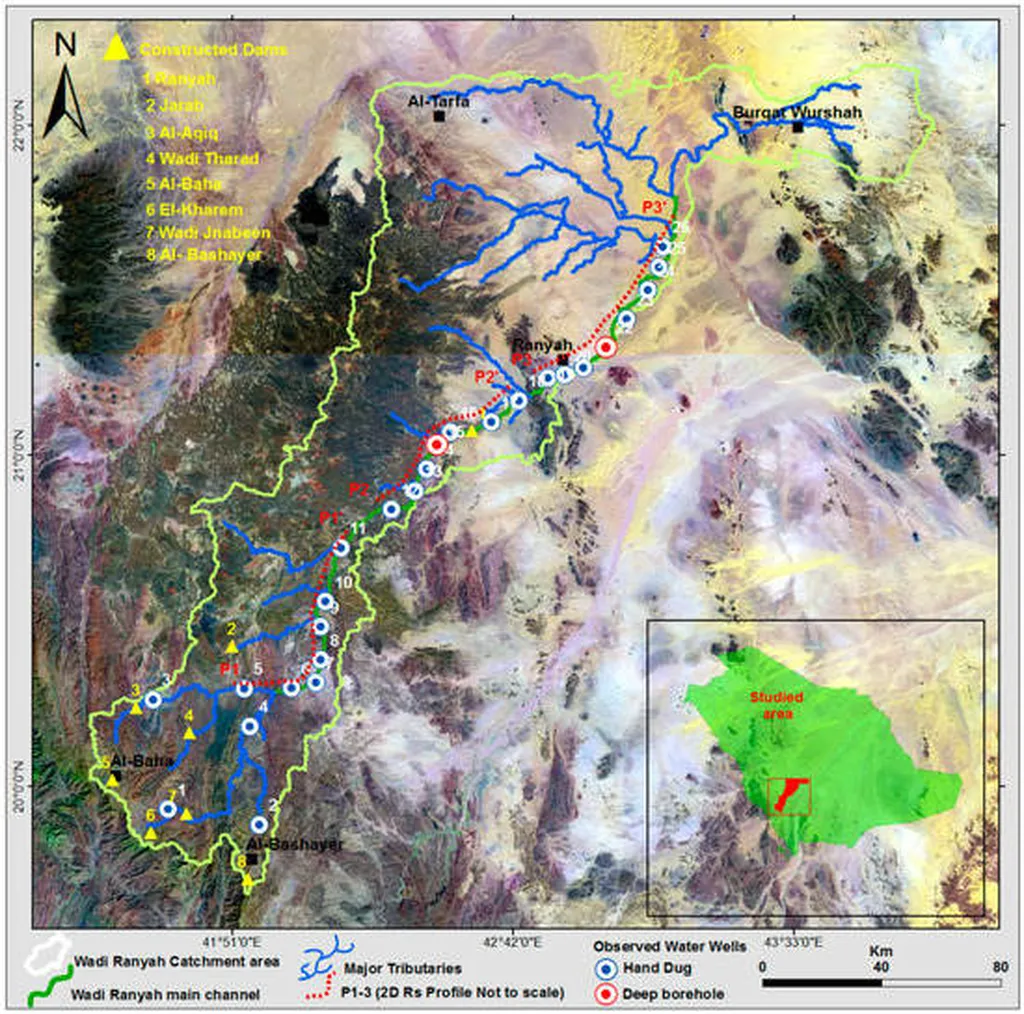In a groundbreaking development for environmental monitoring and climate adaptation, researchers have unveiled a scalable framework that combines remote sensing and machine learning to model land surface temperature (LST) with unprecedented precision. This innovative approach, detailed in a recent study published in the IEEE Journal of Selected Topics in Applied Earth Observations and Remote Sensing, integrates data from multiple satellite sources with socioenvironmental and vegetation characteristics to provide high-resolution LST estimates. The research, led by Jian Shen from Jilin Agriculture Science and Technology College in China, offers valuable insights for urban planning, climate adaptation, and environmental management, particularly in densely populated coastal regions.
The study leverages thermal data from the Moderate-Resolution Imaging Spectroradiometer (MODIS) and optical imaging from Sentinel-2, along with auxiliary information such as precipitation, altitude, and population density. By utilizing the Google Earth Engine platform, the researchers created a unified geographic model that employs random forest regression to predict LST. The model, trained on 4,305 samples and tested on 1,076 randomly dispersed sites at a 100-meter resolution, demonstrated impressive accuracy with a root-mean-squared error of 0.624°C and a mean absolute error of 0.484°C.
“This integration of multisensor data and machine learning allows us to generate fine-scale LST maps that are crucial for understanding the impacts of urban heat, biodiversity loss, and climate change on ecosystems,” explained Shen. The study highlights significant correlations among surface temperature, topography, rainfall, vegetation types, the hydrological cycle, and human activity, providing practical information for reducing urban heat, adapting to climate change, and spatial planning in highly populated coastal zones.
The implications of this research are far-reaching, particularly for the energy sector. Accurate LST modeling can inform the development of more efficient cooling strategies for urban areas, reducing energy consumption and mitigating the urban heat island effect. “By understanding the spatial and temporal variations in LST, we can optimize energy use and improve the resilience of infrastructure in the face of climate change,” added Shen.
The use of cloud-based geospatial platforms and machine learning techniques offers a scalable and cost-effective solution for environmental monitoring. This approach can be readily applied to other regions and contexts, enabling more precise and effective management of natural resources and urban environments. As the world grapples with the challenges of climate change, such innovative frameworks will be instrumental in shaping sustainable and resilient communities.
The study, published in the IEEE Journal of Selected Topics in Applied Earth Observations and Remote Sensing, translates to the “IEEE Journal of Selected Topics in Applied Earth Observations and Remote Sensing,” underscores the potential of integrating advanced technologies to address complex environmental issues. By harnessing the power of remote sensing and machine learning, researchers and practitioners can gain deeper insights into the dynamics of land surface temperature and its broader implications for the environment and society. This research not only advances our understanding of climate adaptation but also paves the way for more informed decision-making in urban planning and energy management.

